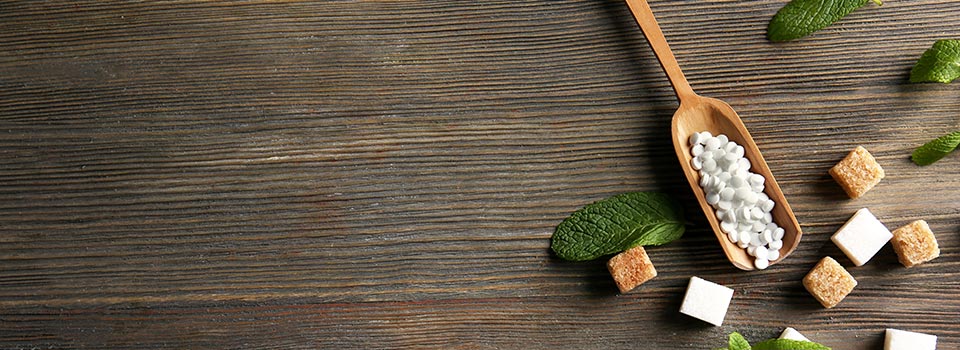Eating a diet rich in fruits and vegetables is one of the most important steps to take in maintaining good health. However, it is not a surprise that this is where Americans tend to struggle the most in the quest for better health. As the seasons change and we go from the fall harvest to winter, many of our favorites disappear or become quite pricey.
And while it may seem like so much produce is out of season, there actually are some super tasty fruits and veggies that come into season during winter. Here’s a rundown of seasonal winter produce that can help bolster your nutrition this winter.
Persimmon
There are two types of persimmons, the Hachiya (shaped like an acorn) and Fuyu (shaped like a squashed tomato.) Persimmons are an excellent source of Vitamin A and fiber at only approximately 120 calories. A ripe persimmon has a rich and sweet flavor that make it great as a stand-alone snack or addition to recipe. Note: You want to be sure the persimmon is completely ripe otherwise it can taste bitter and starchy.
Pomegranate
The pomegranate is a very sweet fruit made up of little seeds. The pomegranate is a great source of fiber, folate, Vitamin C and Vitamin K. It can be a bit labor intensive to pull the seeds from the pomegranate, but it is well worth the effort as you will end up with several servings of seeds. Sprinkle them on a salad or maybe try Cranberry Pomegranate Sauce this holiday season for a fun low-sugar twist on cranberry sauce.
Kiwi
This sweet little jewel of a fruit comes into season in the wintertime. The kiwi is a good source of Vitamin C, Vitamin E, Vitamin K, copper, fiber, and potassium. Easy to peel, they are a tasty and healthy snack at 42 calories.
Snow Peas
Snow peas are a rich in nutrition as a good source of Riboflavin, Vitamin B6, Pantothenic acid, Magnesium, Phosphorous, Potassium, Fiber, Vitamins A, C, K, Thiamin, Folate, Iron, and Manganese. They are also very low in calories at approximately 35 calories for a 1 cup serving. They make a fantastic low-cal midday snack or can be used to add a fresh crunch to any dish or salad.
Parsnips
If you enjoy carrots, you will like the parsnips. While parsnips are lighter in color, they have a similar taste and texture to carrots. They are a good source of Potassium, Vitamin C, Folate, and Manganese. Use parsnips as a way to mix up your usual recipes and make fun, healthy winter recipes.
Winter Squash
The term winter squash encompasses several varieties of squash such as Butternut, Acorn, Delicata, and Spaghetti squash that are highly available in your local grocery in the winter months. While nutrition will vary between squash, they all are low in calories and high in fiber for a healthy winter veggie option. You can roast them or mash them, or even use them as a pasta alternative. Try this Roasted Butternut Squash with Goat Cheese replacing the sugar with stevia to keep it light. There are no limits to the ways you can prepare these winter veggies!
Check out the seasonal recipes section on www.internationalsteviacouncil.org for more recipes to keep you warm this winter.
 Carolyn Reynaud, MS, RD, LD is a licensed registered dietitian. She received her BS in nutrition from Michigan State University and her Masters and Certificate in Public Health from Georgia State University. She has experience working in several avenues of health care including corporate wellness, clinical disease management, research, and health promotion. She has been working as a health coach specialist for close to 6 years, where she counsels patients on preventative healthcare and helps them meet their health goals. Follow her on Twitter @ReynaudCari.
Carolyn Reynaud, MS, RD, LD is a licensed registered dietitian. She received her BS in nutrition from Michigan State University and her Masters and Certificate in Public Health from Georgia State University. She has experience working in several avenues of health care including corporate wellness, clinical disease management, research, and health promotion. She has been working as a health coach specialist for close to 6 years, where she counsels patients on preventative healthcare and helps them meet their health goals. Follow her on Twitter @ReynaudCari.












